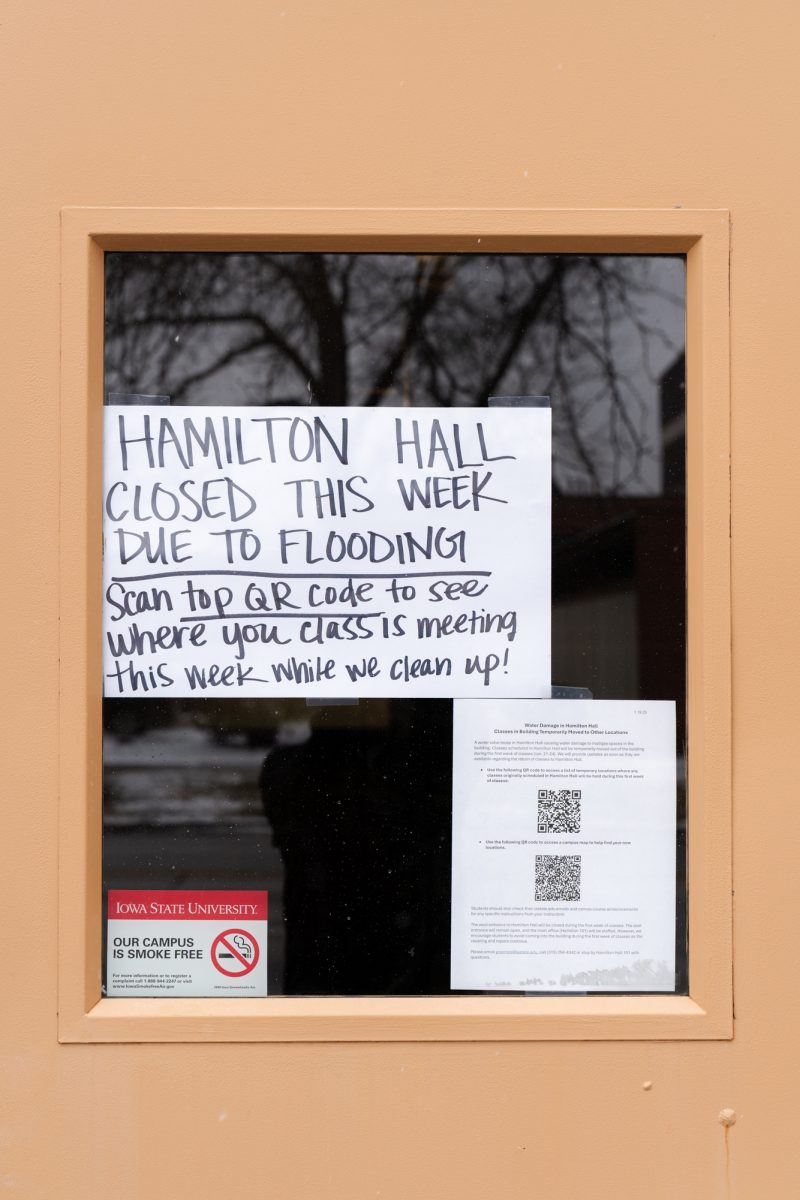Students learn about teaching in program
September 24, 2001
ISU students are learning firsthand what it takes to become a quality teacher through Project Opportunity, an alternative program that uses learning communities and practical experience.
“It’s more field-based . they’re out there in the schools,” said Kathy Connor, project coordinator.
The students are put into different groups, or cohorts, which remain together all four years of college, said Connor, adjunct instructor for curriculum and instruction.
The cohorts are a main drawing point and advantage of the program.
“They take these classes together, go to the schools together,” she said.
Project Opportunity student Heather Green, junior in elementary education, said she enjoyed the learning-community atmosphere.
“I really like having classes with people I know,” Green said. “My cohort is building its own community of friendship.”
But the benefits of Project Opportunity expand beyond the traditional classroom. Students in the program start working with children in real classrooms as early as their sophomore year, Connor said.
“They receive 300 hours of actual contact with the children before they begin student teaching,” she said.
During the time they spend at the school, Connor said, the ISU students “become like a part of that school’s faculty” in dealing with the parents, children and other faculty members.
“It’s a three-year commitment with a school,” she said. “The same students work in the same school for all three years.”
Not only do they work in the same school, but also with the same teacher, said Project Opportunity student Crystal Bruhn, sophomore in elementary education.
“Over the next three years, I’ll form a mentor-mentee relationship with the teacher and really get to know how that classroom works,” she said.
But as the students progress through the program, their time with the children increases.
“This year I’ll be doing a practicum, teaching in the classroom all day long twice a week for four weeks,” Green said.
In addition to giving students practical experience with the children, time in the classroom helps students to decide if they are choosing the right career, Connor said.
“Many students have found out early on that they’d rather be secondary than elementary education, and vice versa,” she said. “It’s nice for them to catch it early on in the coursework.”
The program was started in 1993 and designed so most interested education students can participate.
“Pretty much anyone who can qualify for the teacher education program can be in it,” Connor said.
Students must have a 2.5 GPA and fill out an application. Connor said about 30 students usually are accepted into the program each year from the early childhood education, elementary education and secondary education majors.
Maintaining this program can get expensive, with the cost of transporting the students to and from the different schools, she said.
“Due to budget cutbacks, this year is the first year since we started the program that we weren’t able to start a new cohort group,” Connor said.






